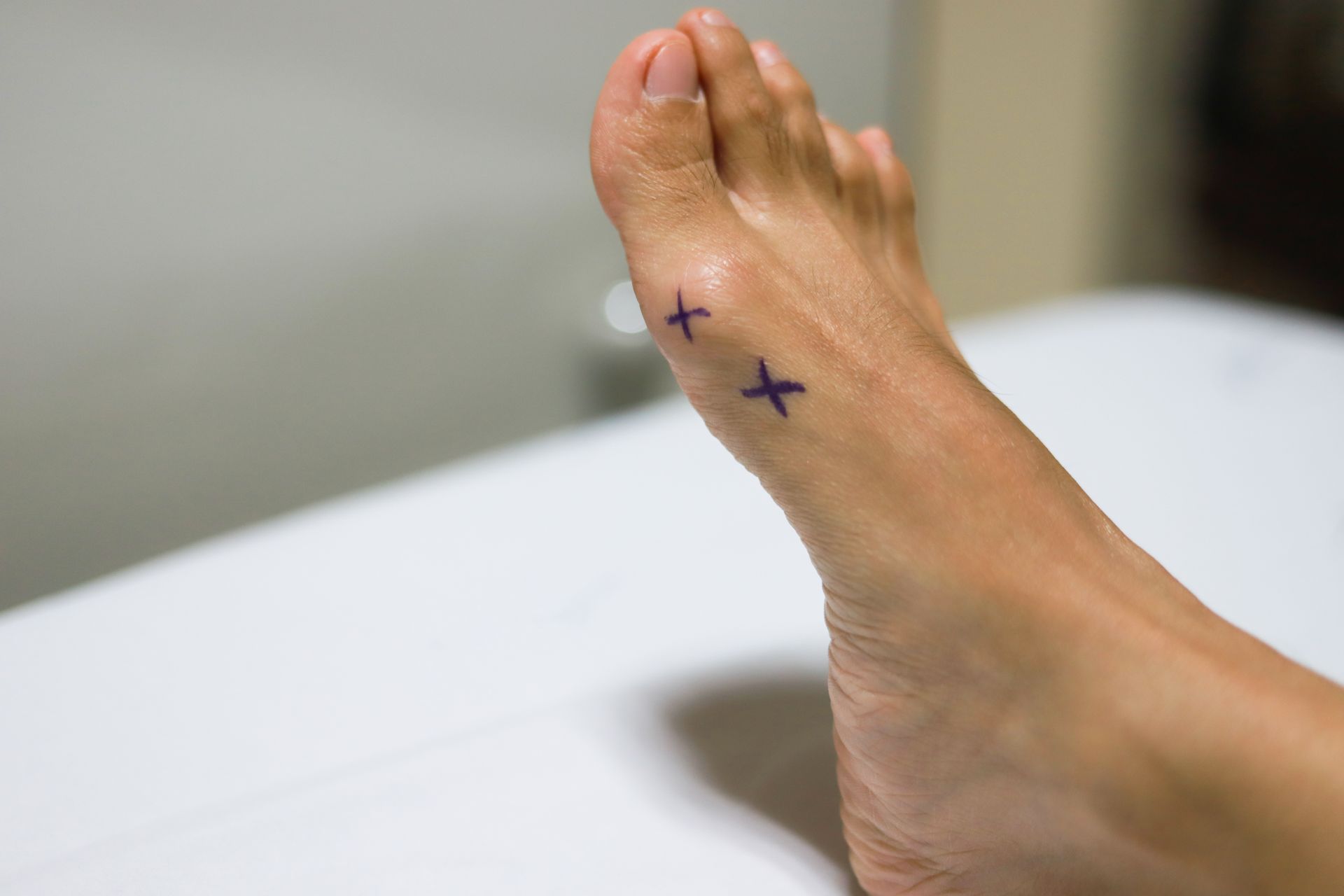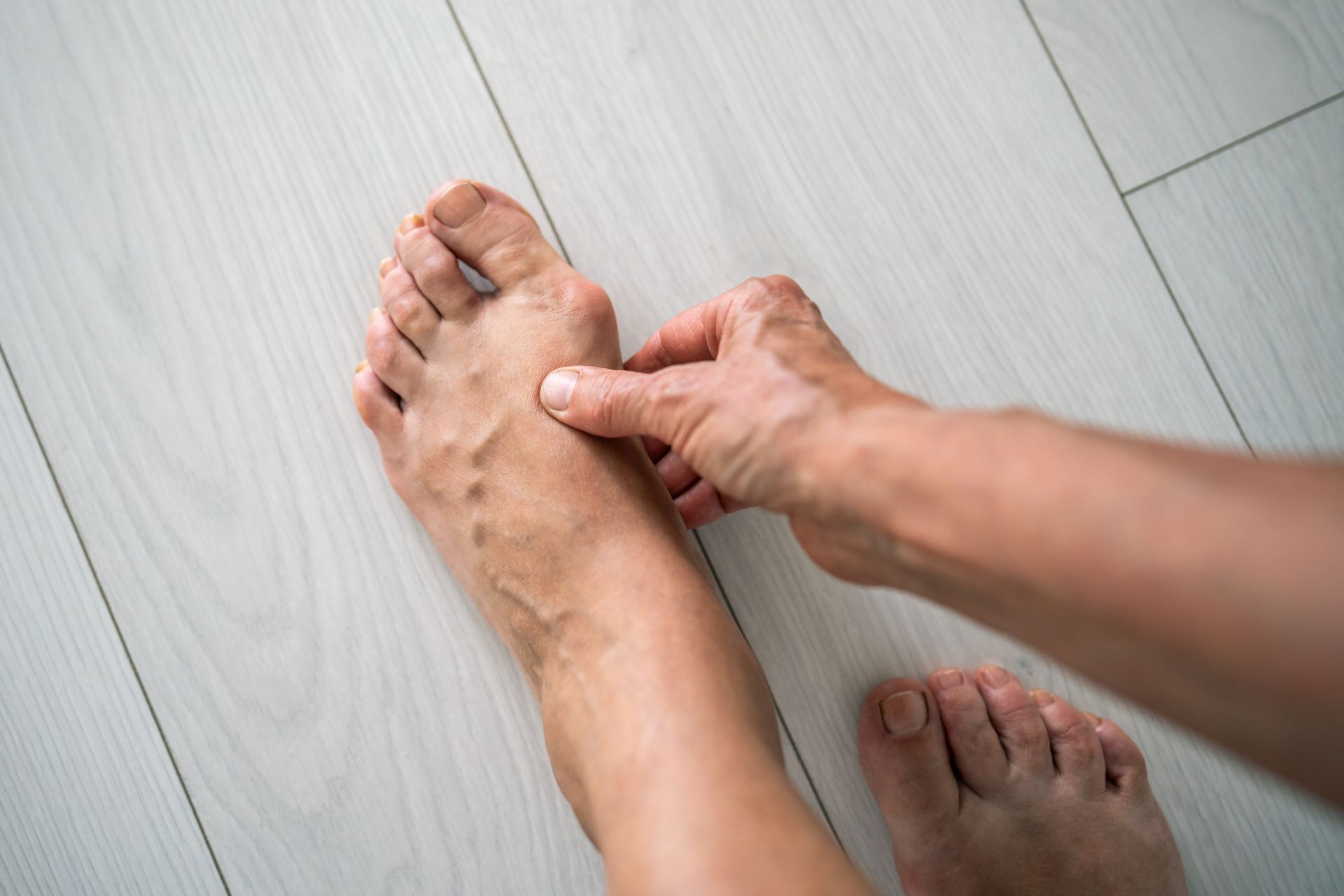Lapidus Bunionectomy: Advantages and Disadvantages
Advances in surgical techniques have improved the results of the Lapidus bunionectomy in recent years. As a result, the popularity of this procedure has increased significantly over that time. The Lapidus bunionectomy has the ability to correct larger-sized bunion deformities and to stabilize bunions that have significant flexibility or instability.
What is a Lapidus Bunionectomy?
Like the Austin procedure, the Lapidus bunionectomy is performed as an outpatient surgery, and IV sedation, or “twilight sleep,” is used for anesthesia. During the surgery, a local numbing medicine similar to Novocain is placed in the foot to help keep patients comfortable. An incision is placed over the big toe joint, and two bone cuts are performed at the base of the bunion deformity (technically at the 1st metatarsal-cuneiform joint). These bone cuts allow for greater realignment of larger bunion deformities than the Austin bunionectomy . The bone cuts are typically stabilized with 2 screws, although some surgeons prefer to use a small titanium plate. These screws are not usually removed and rarely cause any problems, nor do they set off metal detectors at the airport.
What are advantages of the Lapidus Bunionectomy?
- Low Recurrence - Because of the way the bones are cut and stabilized, the Lapidus bunionectomy appears to have a lower recurrence rate than many of the alternative surgical procedures.
- Versatility - The Lapidus bunionectomy can be
used on patients with severe-sized bunions based on weight-bearing x-rays. This is a limitation of the Austin procedure.
What are disadvantages of the Lapidus Bunionectomy?
- Longer Recovery - Surgeons will vary in the specifics of the post-operative protocol. Typically, patients will be placed in a cast following surgery and will be non-weightbearing for 6 to 8 weeks, or until bone healing is confirmed on x-rays. This period of non-weightbearing is followed by 4 weeks of gradually increased pressure on the foot in a protective boot. Light exercise can be initiated during this period of protected weight-bearing. It can take 4 months post-operatively to resume higher intensity exercises. This recovery is not tolerated by all patients with severe-sized, painful bunions. For medical and general health reasons, not everyone can endure this period of non-weightbearing.
- The Lapidus bunionectomy is also technically
more difficult to perform than the Austin bunionectomy.
If you are suffering from a larger-sized bunion that is not ideal for other forms of surgery such as the Austin bunionectomy, the Lapidus bunionectomy could be the solution. Contact your bunion specialist to learn more .


